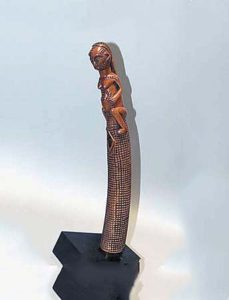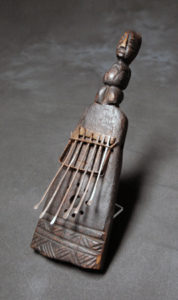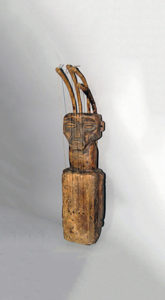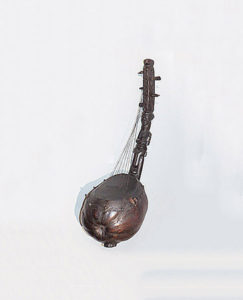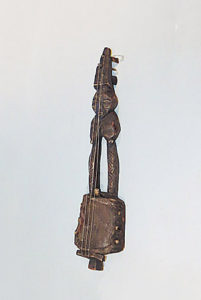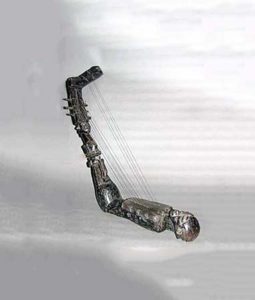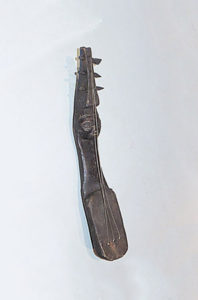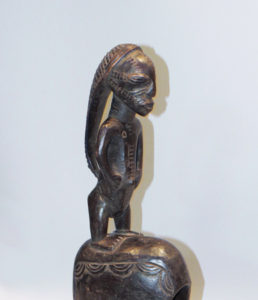Tabwa
Tabwa, also spelled Taabwa, also called Rungu, live mainly on the southwestern shores of Lake Tanganyika, on the high grassy plateaus of the Marungu massif in extreme southeastern Congo (Kinshasa). Some also live in northeastern most Zambia and along the Luapula River. Tabwa speak a Bantu language closely related to those of neighboring Bemba of Zambia and Luba of Congo.
In the past, the Tabwa people lived under Luba domination in small autonomous villages scattered within a territory that expanded across the Democratic Republic of Congo and Zambia, along Lake Tanganyika. The verb ‘tabwa’ means ‘to be tied up’ and refers to when these people were taken as slaves. During the 19th century, the ivory trade brought wealth to the region and Tabwa people gained their independence. Today, they number 200,000 and are led by chief-sorcerers who rule over village chiefs and family chiefs. Their power is counterbalanced by male societies created on Luba prototypes and by female associations influenced by East African models. Traditionally, Tabwa people made their living from hunting and blacksmithing; nowadays, they farm and fish.
The influence on Tabwa art on their eastern Tanzanian neighbors is seen in their use of linear geometric decoration, while their western neighbors, the Luba, influenced the incorporation of prestige objects into Tabwa life.
Source:
Baquart, Jean-Baptiste. The Tribal Arts of Africa. New York: Thames and Hudson Inc.
Tabwa – Art & Life in Africa – The University of Iowa Stanley Museum of Art (uiowa.edu)

